I'm developing an application with SQLAlchemy and PostgreSQL. Users of the system modify data in 8 or so tables. Consider this contrived example schema:
I want to add visible logging to the system to record what has changed, but not necessarily how it has changed. For example: "User A modified product Foo", "User A added user B" or "User C purchased product Bar". So basically I want to store:
- Who made the change
- A message describing the change
- Enough information to reference the object that changed, e.g. the
product_idandcustomer_idwhen an order is placed, so the user can click through to that entity
I want to show each user a list of recent and relevant changes when they log in to the application (a bit like the main timeline in Facebook etc). And I want to store subscriptions, so that users can subscribe to changes, e.g. "tell me when product X is modified", or "tell me when any products in store S are modified".
I have seen the audit trigger recipe, but I'm not sure it's what I want. That audit trigger might do a good job of recording changes, but how can I quickly filter it to show recent, relevant changes to the user? Options that I'm considering:
- Have one column per ID type in the log and subscription tables, with an index on each column
- Use full text search, combining the ID types as a tsvector
- Use an hstore or json column for the IDs, and index the contents somehow
- Store references as URIs (strings) without an index, and walk over the logs in reverse date order, using application logic to filter by URI
Any insights appreciated :)
Edit It seems what I'm talking about it an activity stream. The suggestion in this answer to filter by time first is sounding pretty good.

